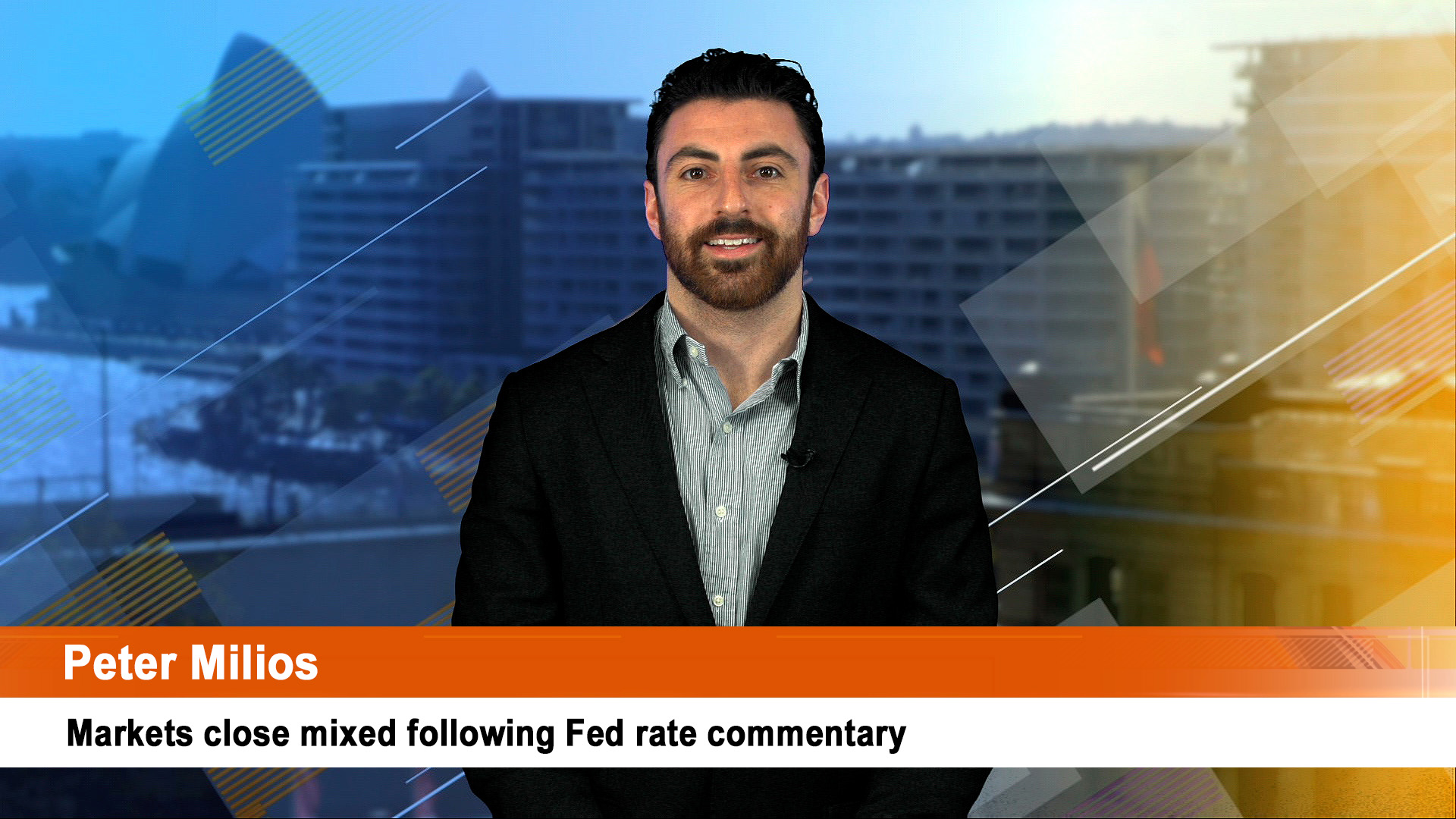Monday’s interim result from Westpac helps explain why its shares have easily outperformed the wider market so far in 2022.
Year to date to last Friday, the bank’s shares were up 11.6%, compared to a fall in the ASX 200 of 3.2%.
That made Westpac the top performer among the big four banks ahead of NAB (shares up 9.6% to last Friday), Commonwealth Bank shares up just 1.39% and ANZ shares down 5.3% and underperforming the wider market.
Monday saw Westpac shares rise more than 3% to $24.60. In contrast shares in ANZ fell 2.7% to $26.03.
As impressive as the rise yesterday was, it took the share price back to where it was in early March, which is hardly a big advance.
The big story from the result wasn’t the lower earnings or revenues, or the higher dividend, it was evidence that the promised cost cutting was well underway and making inroads.
The 2024 savings target of $8 billion remains – some investors would have swooned had that figure been lifted in Monday’s announcement.
The 4,000 job losses mentioned in the ASX statement assured investors that after dragging the chain in 2021, Westpac has caught up with the actual matching the rhetoric.
Looking at highlights of the latest profit performance, Westpac’s consumer unit’s cash earnings fell by 15% on year to $1.65 billion, which was mainly due to a lower net margin, as competition led to more fixed rate lending and lower card and personal loan balances.
Cash earnings at the bank’s business unit fell by 55% to $239 million mainly due to a $265 million turnaround in impairment charges, from a benefit last year to a charge in the six months to March, as well as lower margins.
Westpac’s institutional bank saw a 3% rise in cash earnings to $306 million for the half while its NZ banking business saw a 9% rise in cash earnings to $NZ635 million.
On a statutory basis, Westpac’s net interest margin – the difference between the interest income generated and the amount of interest paid out – was 1.91%, down from 2.06% at the same time last year.
This, the lender said, was partly due to lower spreads on mortgages and business lending, and a shift in its portfolio toward lower spread products, particularly Australian mortgage fixed rate lending.
On a cash earnings basis, Westpac’s net interest margin fell to 1.85%, from 2.09% in the previous year.
Neither was a big concern, though some analysts wonder if Westpac and the other banks may be ‘competing’ away their margins before they can start restoring them as the Reserve Bank lifts rates.
CEO Peter King confirmed that “demand for housing has already shown some signs of easing and rising interest rates are expected to contribute to a moderation in house prices next year.”
Westpac expects the Australian economy to expand by 4.5% in 2022 but slow to 2.5% in 2023. Credit growth is forecast to be a strong 5.7% in 2022 slowing to 4.3% in 2023.
Westpac’s Common Equity Tier 1 capital ratio—a key measure of a bank’s ability to withstand financial shocks—was 11.3%, down from 12.3% reported at September 30 last year. the fall was due to Westpac’s $3.5 billion share buyback.













